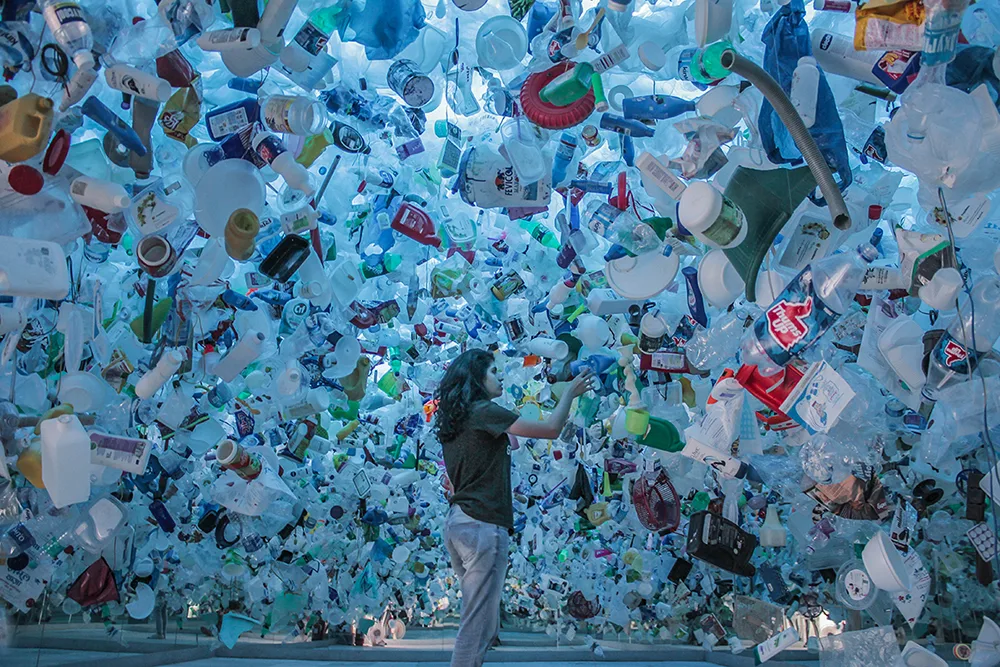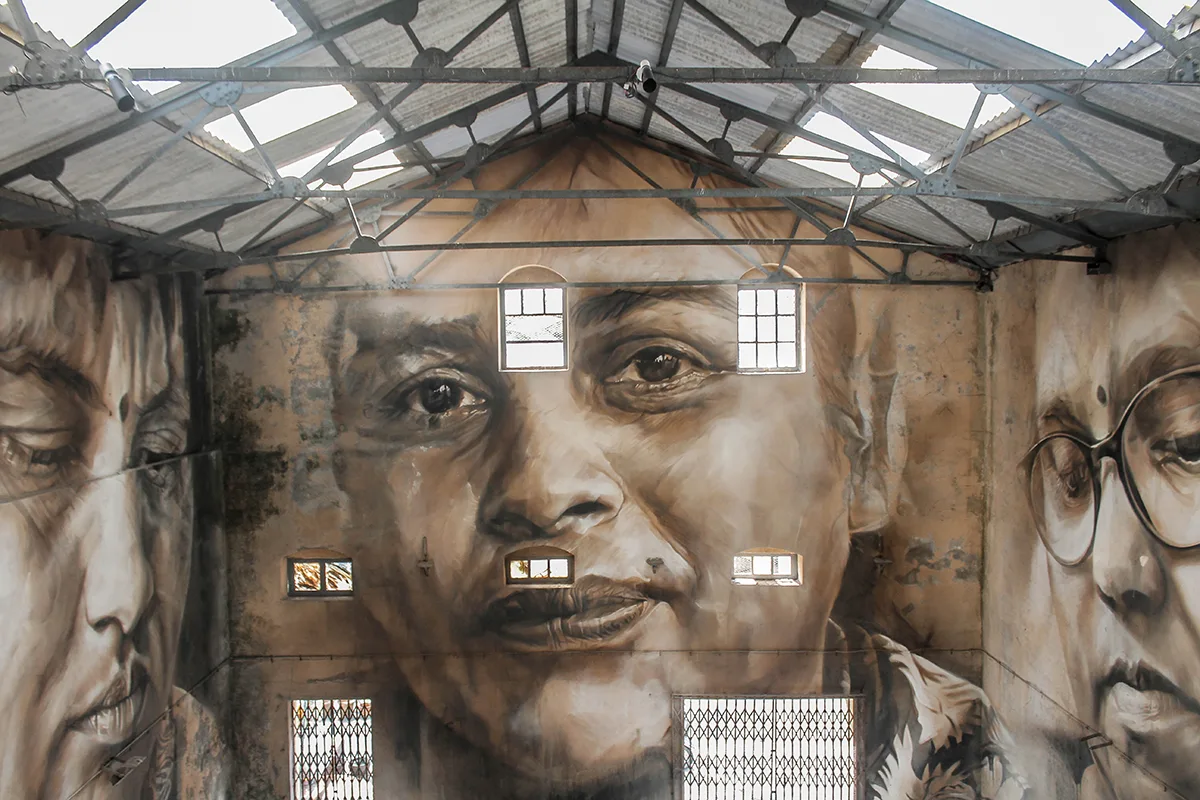

India is a country that bubbles with creative energy. But from the colorful fashions to the extravagance of Bollywood, the same images tend to spring to mind to us outsiders. is on a mission to change the way we think about art, India and the relationship between the two.
Founded in 2014, the group – led by Akshat Nauriyal, Hanif Kureshi, Arjun Bahl, Thanish Thomas and Giulia Ambrogi – brings colorful art projects to India’s streets.
Mainly working in residential neighborhoods with local government support, the non-profit engages the public through huge, eye-catching murals painted on street corners, intersections or apartment buildings. Since the first projects in New Delhi, St+art India has expanded to eight cities in the past four years. They’ve even been credited with creating the country’s first art district – Lodhi Colony in Delhi.


“As a country, we’re very proud of our heritage, of our past, but there’s nothing in the present,” the team says. “In India we aren’t really exposed to contemporary art the way the western world is, but street art allows us to change that. It’s not only for the select few, it’s for all. It’s there, it’s accessible on the street and people can connect with it.”

This aim – to make art accessible to everyone who happens to pass by – has been a huge success and the festivals, murals and exhibitions curated by the team have brought a new lease of life to India’s streets. “Public spaces in India are often very neglected,” they say. “While India is the country of colors, a lot of the streets have dull walls with no identity. We wanted to revitalize them.”
Although they occasionally bring in a foreign artist for a particular project, they work mostly with local artists. When they arrive in a new place they launch a public call-out for up-and-coming image-makers, who are able create something that will really mean something to the local community.
“We try to understand the narrative around a location and then we choose the artists that we feel can trigger the best dialogue through street art,” the group explain.

As well as thriving art districts throughout the country, the team also focuses on what they call “art in transit” — bringing street art to commuters. “Travel spaces are very intense spots in India,” they say. “You can reach out to millions of people and offer them art without them needing to go anywhere.”
The most famous of these is perhaps the Churchgate station in Mumbai. Often referred to as “the ocean of people,” St+art commissioned Brazilian artist Eduardo Kobra to create an 80-foot mural of Mahatma Gandhi. One of their first big projects, this put them on the map and opened up all sorts of conversations with groups and local governments who wanted something similar.

It’s allowed them to expand their ambitions too. As well eye-popping as exhibitions mounted on huge shipping containers, the team have taken over a disused building next to one of Mumbai’s oldest – and most intense – fish markets. The Sassoon Dock Art Project presented an opportunity to interact with art and public space on a huge scale. SInce it opened in 2017, the fascinating space has hosted installations by more than 40 artists, some of which came with a serious message.
Singapore artist Zi Xi’s Plastic Ocean put viewers in the position of a fish underwater, surrounded by hundreds of suspended plastic bottles. “In the dock you have plastic everywhere, so this installation was an immersive experience but also a call for awareness,” the St+art team say. Mirrors placed in the installation, “forced people to look at themselves as being the cause, but also the solution, to the issue.”
Ambitious projects like this attract a diverse crowd – “Bollywood producers and barefoot fishermen” both wandering in to see the work. This ability to reach such different communities is one of St+art’s biggest strengths.
“India is not really a democratic country, particularly in its public spaces, but we’re trying to breakdown these differences and show that art, really is, for all.”
Words by Robyn Collinge.
Photos by Pranav Gholi.



